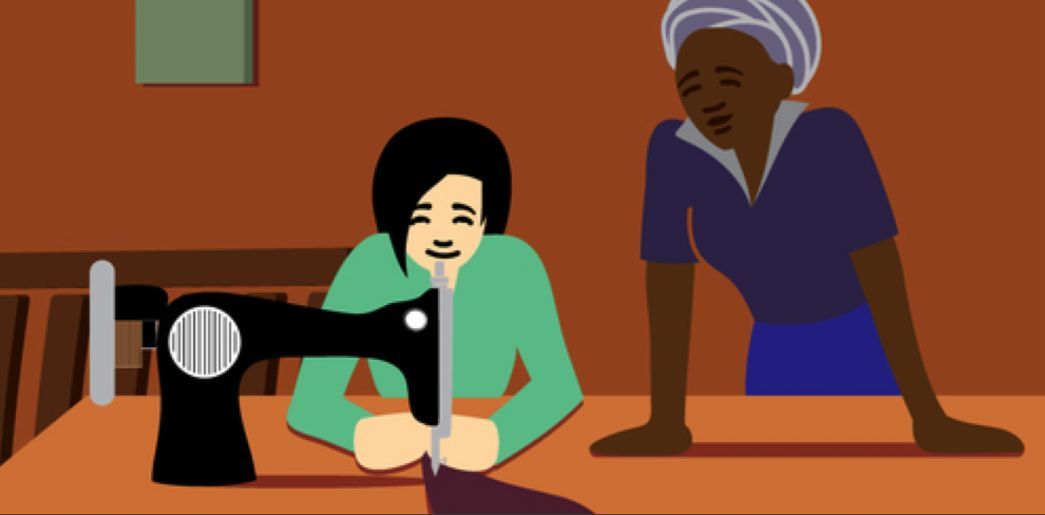AÑO
2017
CATEGORÍA
Comunidad
OBJETIVOS
Energía asequible y no contaminante
PAL. CLAVE
photosynthesis, solar power, energy
PAÍS
United States of America
CRÉDITOS
Daniel Nocera, the Patterson Rockwood Professor of Energy at Harvard University, and Pamela Silver, the Elliott T. and Onie H. Adams Professor of Biochemistry and Systems Biology at Harvard Medical School.
LINK
http://news.harvard.edu/gazette/story/2016/06/bionic-leaf-turns-sunlight-into-liquid-fuel/
Harvard Bionic Leaf
A bionic leaf that turns sunlight into liquid fuel.
he days of drilling into the ground in the search for fuel may be numbered, it’ll just be a matter of looking for sunny skies.
The system uses solar energy to split water molecules and hydrogen-eating bacteria to produce liquid fuels. It is a true artificial photosynthesis system. Before, people were using artificial photosynthesis for water-splitting, but this is a true A-to-Z system, and goes well over the efficiency of photosynthesis in nature.
The system can be used to generate usable fuels, its potential doesn’t end there. The beauty of biology is it’s the world’s greatest chemist — biology can do chemistry we can’t do easily. In principle, this is a platform that can make any downstream carbon-based molecule. So this has the potential to be incredibly versatile.
The system can currently convert solar energy to biomass with 10 percent efficiency, far above the 1 percent seen in the fastest-growing plants.



